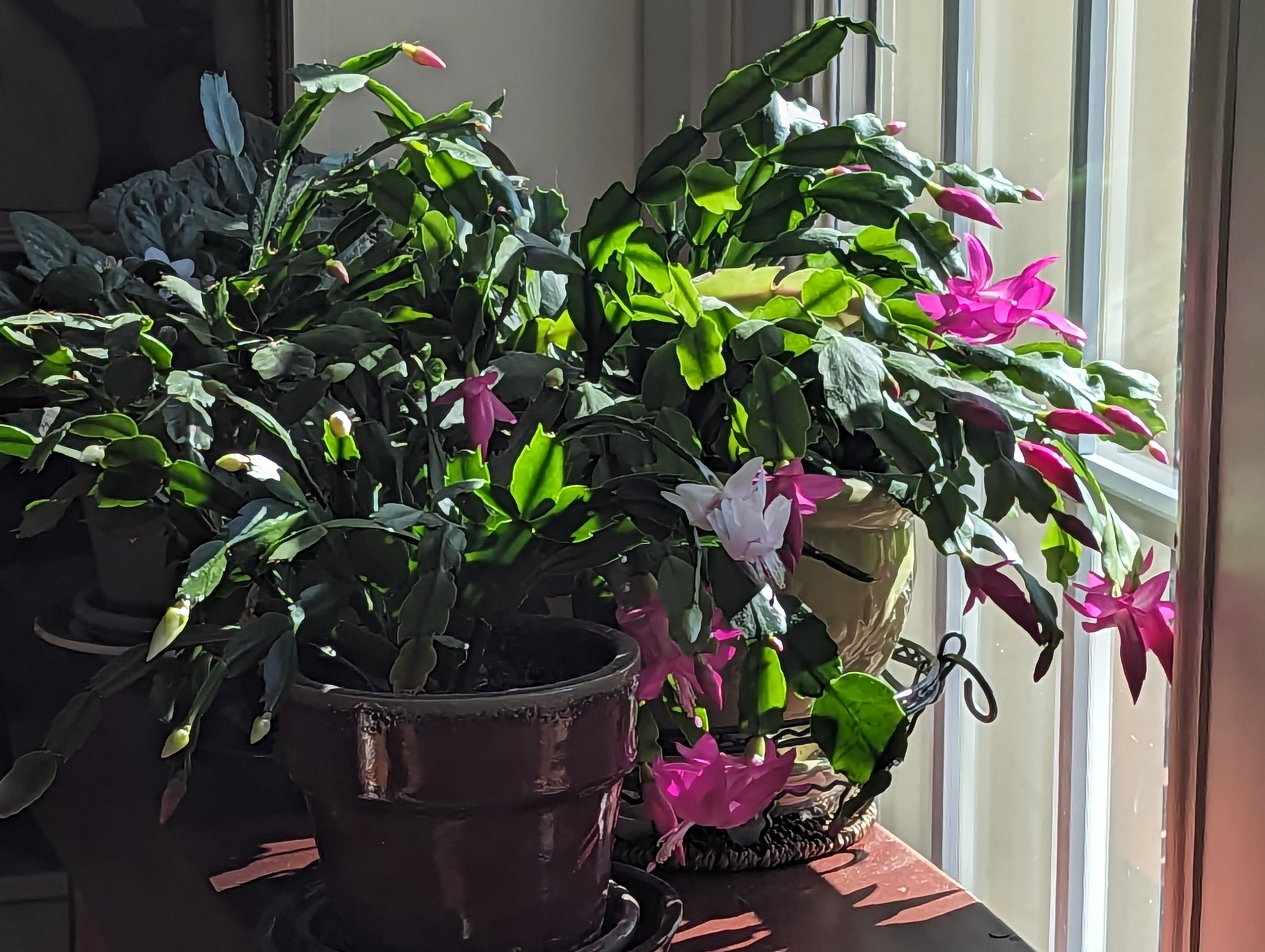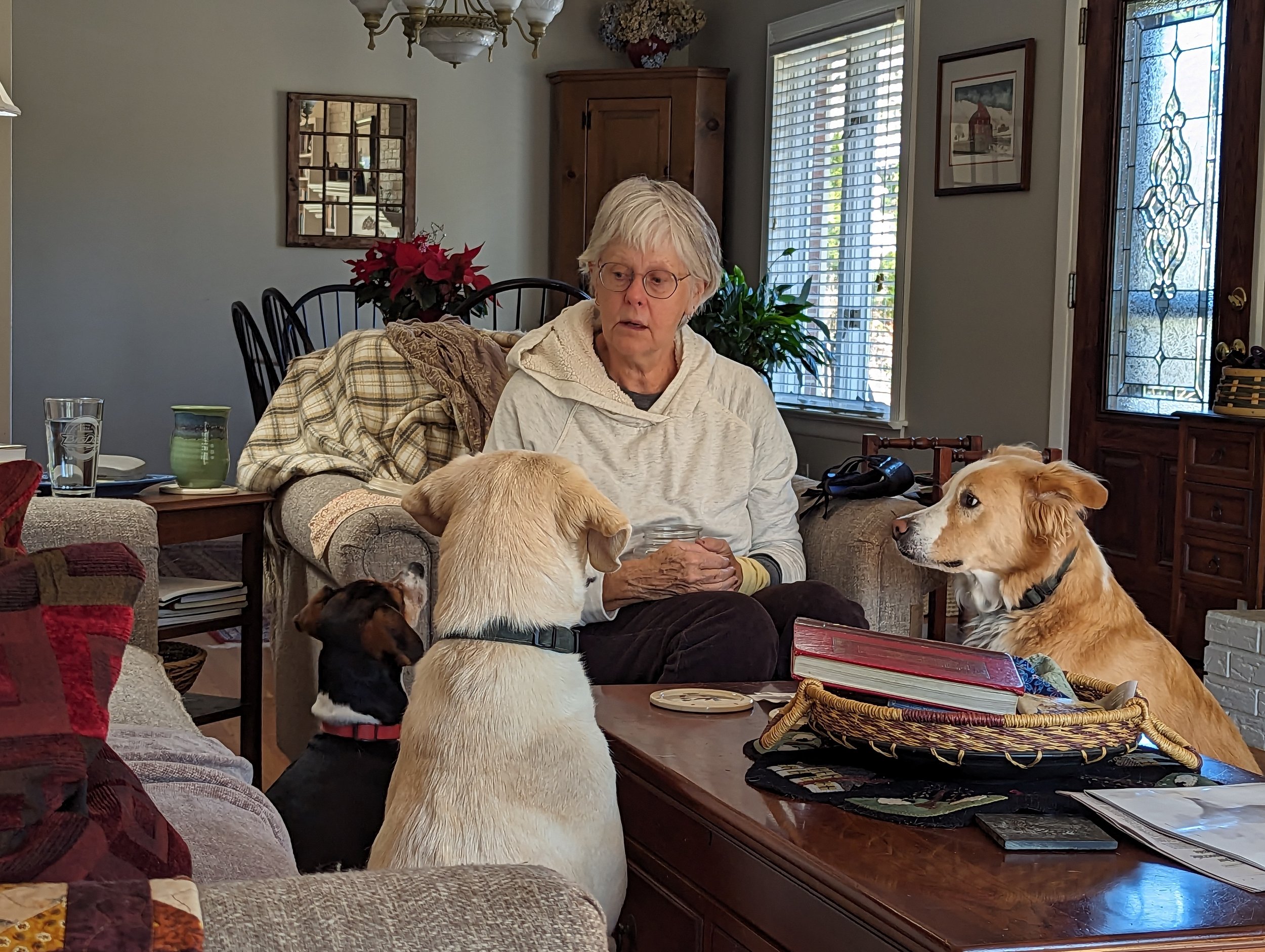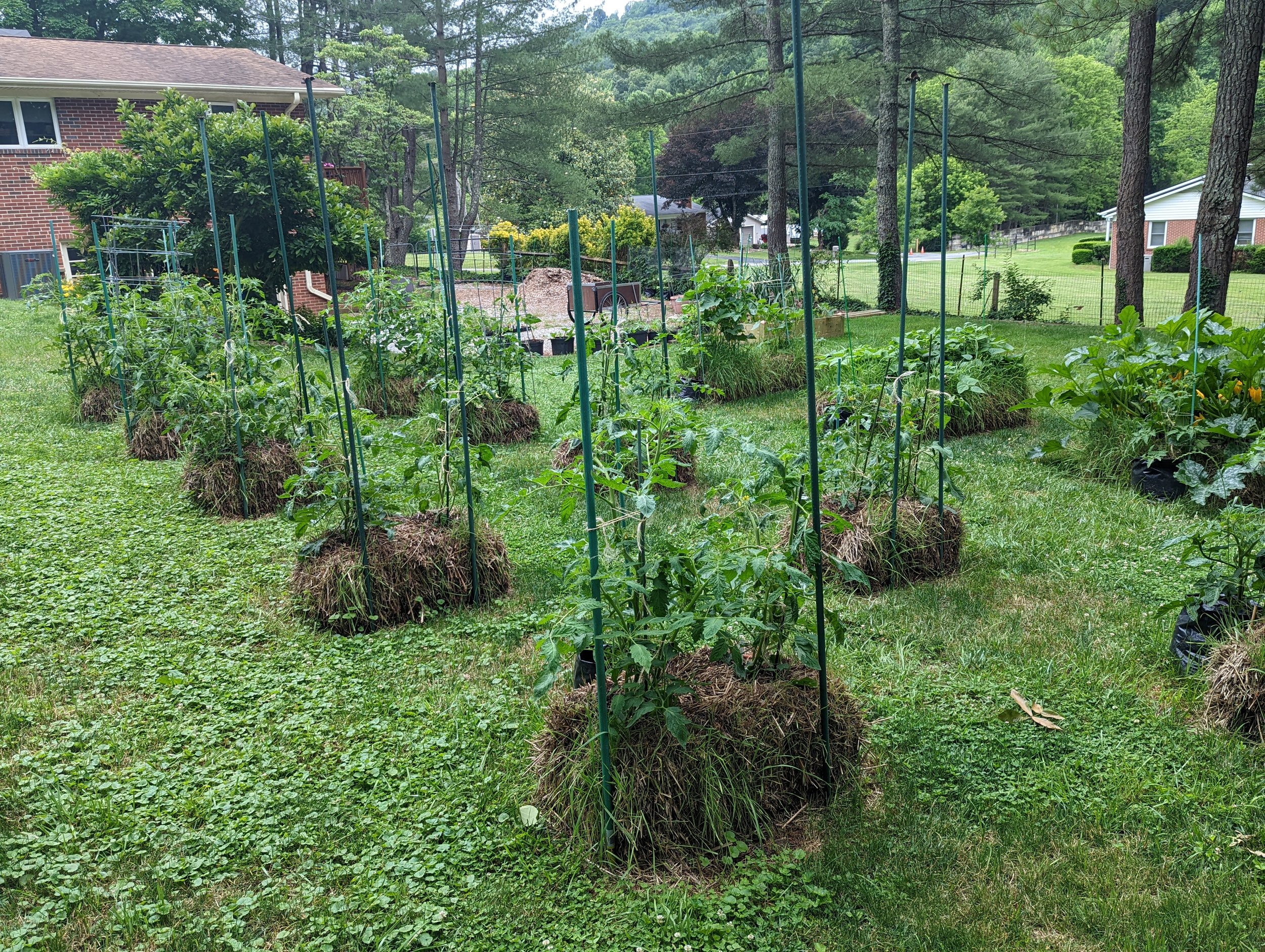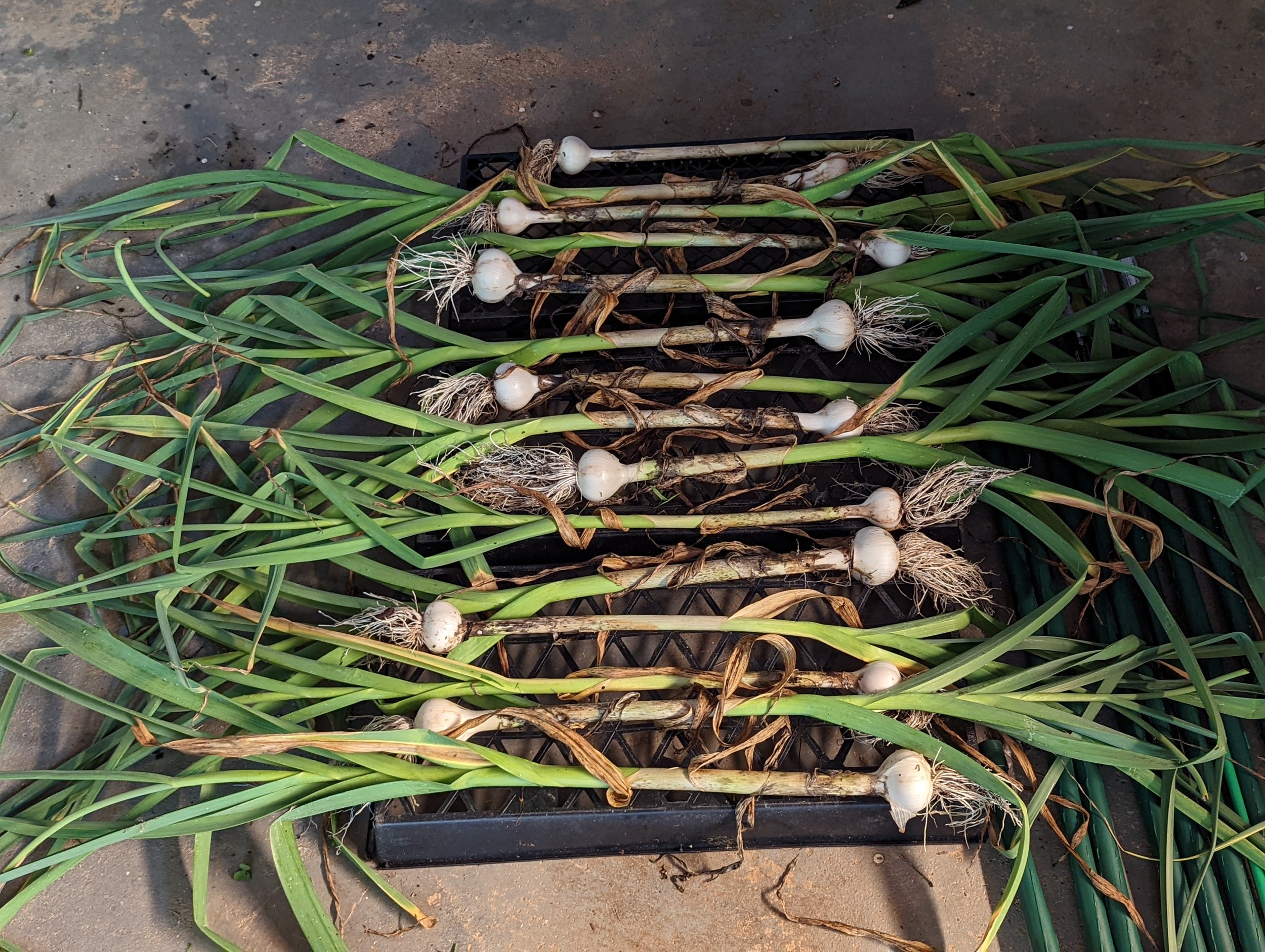I decided to do a set of 50 because we are at the core of the Don Branscomb-sent varieties, of which I grew very few. Aside from those, a few gems appear - Potato Leaf Yellow and Yellow Brandywine, in particular, but also Madara. Much of the info below can be scanned quickly - but do pay attention to a few of my very favorites that finally appear!
Tomatoes #301 through #327, and #336 through #350, are a continuation of the varieties sent to me by Don Branscomb of California, unrequested, in 1990. when possible I will provide information, but for the most part, they remain total mysteries. Some of these were sent to Carolyn for grow out, but I’ve no idea how they did for her. I grew a few of the following, as indicated.
Tomato #301 - 11-Jul - no information available, not grown
Tomato #302 - Red Per - Did Don mean Red “Pear”? No info for the tomato as spelled.
Tomato #303 - Chico III - California-bred determinate paste tomato, listed in SSE and sold by a few seed companies.
Tomato #304 - Ridge - I grew it in 1991 - determinate plant, small round red tomatoes of no special flavor that had a cracking issue. No information anywhere.
Tomato #305 - Ropreco - Determinate heirloom sauce tomato sold by a few seed companies - quite obscure. I didn’t grow it.
Tomato #306 - New Sunnyvalle - I didn’t grow it, no information about it anywhere.
Tomato #307 - Mala - I didn’t grow it, no info anywhere.
Tomato #308 - Hank - Here is an odd tomato. I grew it in 1991 and it was a pretty wild looking bushy indeterminate tomato that yielded a ton of pink flat ribbed mini beefsteaks. Flavor was OK, on the sweet side. Tatiana Tomatobase shows and describes it.
Tomato #309 - Pan Ame - I didn’t grow it, no info - could be Pan American, a tomato listed by Maule in 1907 and available from the USDA - Don may have gotten it from there. Victory also sells it and offers a different description as a recently bred variety.
Tomato #310 - Lanera - Didn’t grow it, no info
Tomato #311 - Thai - Didn’t grow it, no info
Tomato #312 - Tonight - Didn’t grow it, no info
Tomato #313 - Packard - I grew this in 1991. Determinate plant, medium to large red globe, bland. SSE lists it as from Don, probably got the seed from me
Tomato #314 - Overland - Didn’t grow it, no info.
Tomato #315 - Speakeasy - I grew it in 1991 - determinate plant, medium cracking red globes, bland. No additional info.
Tomato #316 - Jan V - Didn’t grow it, no info.
Tomato #317 - Hill Top - Didn’t grow it, no info.
Tomato #318 - Turkey Chomp - This is quite an interesting tomato. In 1991 I got an indeterminate plant with medium to medium large slightly oblate red tomatoes with great flavor. Saved seeds gave an occasional potato leaf plant with yellow foliage, like Honor Bright, that gave the same kind of tomatoes. I named that selection Surprise.
Tomato #319 - Kewalo - not grown, already described earlier in my collection as a disease resistant red variety of medium size bred by the U of Hawaii.
Tomato #320 - Cross Bow - Didn’t grow it, no information.
Tomato #321 - Pike’s Peak - Didn’t grow it, no info
Tomato #322 - Large Jar - Didn’t grow it, no info
Tomato #323 - Hog - Didn’t grow it, no info
Tomato #324 - Kids - really? (I think I sent this to Carolyn) - no info, didn’t grow
Tomato #325 - Cat - another head scratcher! No info, didn’t grow
Tomato #326 - Land Ho - no info, didn’t grow
Tomato #327 - Kero - no info, didn’t grow
Tomato #328 - Burbank - I purchased this from Seeds Blum in 1990 and didn’t grow it. It was bred in California by the Luther Burbank company and released in 1914. It is supposedly a medium sized red tomato.
Tomato #329 - Dexter 1-11 - Another Branscomb variety, didn’t grow, no info.
Tomato #330 - Abraham Lincoln - From Mark Futterman, SSE member from California. Grew this in 1990, but sadly it was another example of the wrong/crossed variety, too small, and determinate.
Tomato #331 - Madara - obtained from Swedish SSE member SWED RO L in 1990 - I grew it several times and found it to be a fine, indeterminate productive yellow cherry tomato. It has some limited availability. I really do need to get some fresh seeds and regrow it!
Tomato #332 - Potato Leaf Yellow - I received this, along with the next three, from SSE member Barbara Lund of Ohio in 1990. I really loved this tomato and need to grow it again soon. It is potato leaf, large, oblate, and a pale orange, similar to Yellow Brandywine but not as tart. Barbara indicated that this may have been a somatic mutation from a pink tomato. I need to find her letter and confirm the history.
Tomato #333 - Yellow Brandywine - I grew this and the one above in 1991, having received each from Barbara Lund. This tomato was a bit larger and more oblate, and a bit more tart in flavor, but both are superb. I suspect this is an aka for the variety Shah, released by Henderson in 1890 as a color sport of their large pink potato leaf variety Mikado (which may in fact be Brandywine).
Tomato #334 - Yellow Stone - Another variety sent by Barbara Lund in 1990, this tomato when grown in 1991 gave a typical large fruited regular leaf beefsteak that was yellow with red swirls, just like Ruby Gold and so many others. The flavor was typically sweet, mild and “peachy”, not my favorite type of tomato flavor.
Tomato #335 - Yellow Beefsteak - the final of the four Lund tomatoes sent to me in 1990, this tomato, grown in 1994, showed itself to be crossed, giving medium sized unexceptional red tomatoes.
Tomato #336 - Red Jacket - Back to the Branscomb sent varieties of 1990 - didn’t grow, no info found.
Tomato #337 - Hardin - Branscomb variety - didn’t grow, no info.
Tomato #338 - Sekai Ichi - Branscomb variety - didn’t grow, no info.
Tomato #339 - Grossa - Branscomb variety, didn’t grow, no info.
Tomato #340 - Bon Jon - Branscomb variety, didn’t grow, no info.
Tomato #341 - Chico - Branscomb variety I assume is the same as Chico III - a red determinate California paste tomato.
Tomato #342 - Viljoule - Branscomb variety, didn’t grow, no info.
Tomato #343 - Red Kaki - Branscomb variety, didn’t grow, no info.
Tomato #344 - Las Talas - Branscomb variety, didn’t grow, no info.
Tomato #345 - Aurore - Branscomb variety, didn’t grow, no info.
Tomato #346 - Improved Pepper - Branscomb variety, assume it to be a pepper shaped stuffing tomato, didn’t grow, no info.
Tomato #347 - Hamra - Branscomb variety, didn’t grow, no info.
Tomato #348 - Manyana - Branscomb variety, didn’t grow, no info except it is listed in the SSE exchange as available from Calvin Wait.
Tomato #349 - Marmade Special - Branscomb variety, I assume this is a misspelling of Marmande, a flat, ribbed, determinate French red slicing tomato.
Tomato #350 - Cowen - Branscomb variety, didn’t grow, no info.
______________________
Well, nothing too earth shattering among the Branscomb tomatoes except Turkey Chomp, and, perhaps, Hank. Potato Leaf Yellow, Yellow Brandywine and Madara are all fine to great tomatoes, however.






















